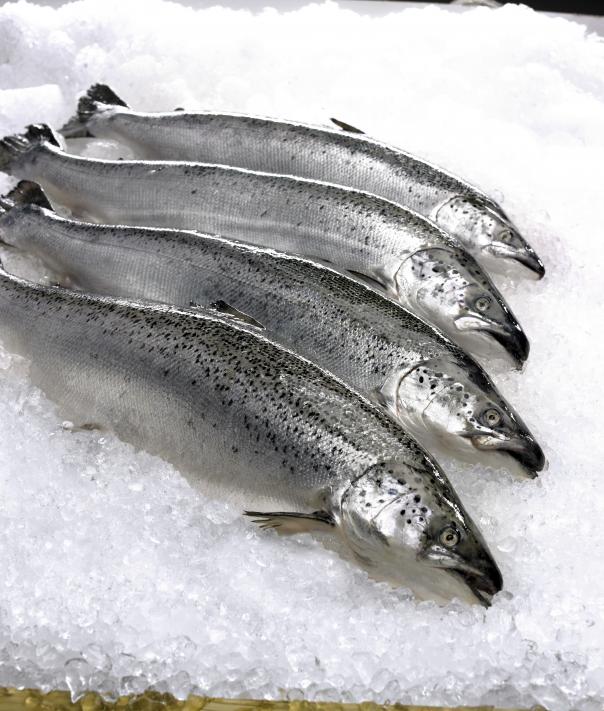Foodservice Price Index reveals food and drink prices stall as Brexit nears

Fiona Speakman, CGA client director of food, said: “Foodservice businesses will welcome the respite of more settled prices after the volatility of the first half of 2019.
“The easing of inflationary pressures in fish and hot beverages, two hugely important sectors for operators, is especially encouraging. But these figures could mark a lull before a renewed storm of challenges later in the year—led by the huge ongoing uncertainty around the impacts of Brexit on the supply of key items.”
The index shows easing in the fish & seafood category with a month-on-month fall of almost 9% driven by softer prices in salmon markets after the Norwegian summer break. However there could be price increases in cod and haddock if higher quotas are announced in September.
The hot beverages category prices decreased in July thanks to increased tea production in India. Spring frosts in Brazil may damage some crops, prompting caution over the future price of coffee.
Milk prices have been falling over the past few months but the price of eggs has been rising due to higher feed prices.
The ‘most significant threat’ to supply availability and cost is the prospect of a no-deal Brexit. The consensus amongst suppliers is that a no-deal scenario would cause ‘considerable disruption’ in early November.
Shaun Allen, chief executive of Prestige Purchasing, added: “Both food and drink inflation remain at much higher levels than both the government’s CPI measure and historical norms for the foodservice market.
“For much of the past year food supply markets have been faced with challenges of supply (mostly because of unpredictable weather conditions), the weakening of Sterling and the increasing uncertainty around Brexit. Good contingency planning and supplier communication is essential in the run-up to Brexit.”
The biggest Brexit-related challenge is projected to be short shelf-life products such as salad leaf. Some suppliers are adopting a new strategy of buying products in a less ripe state to counteract this.
The index is jointly produced by Prestige Purchasing and CGA, using foodservice data drawn from 7.8m transactions every month.
